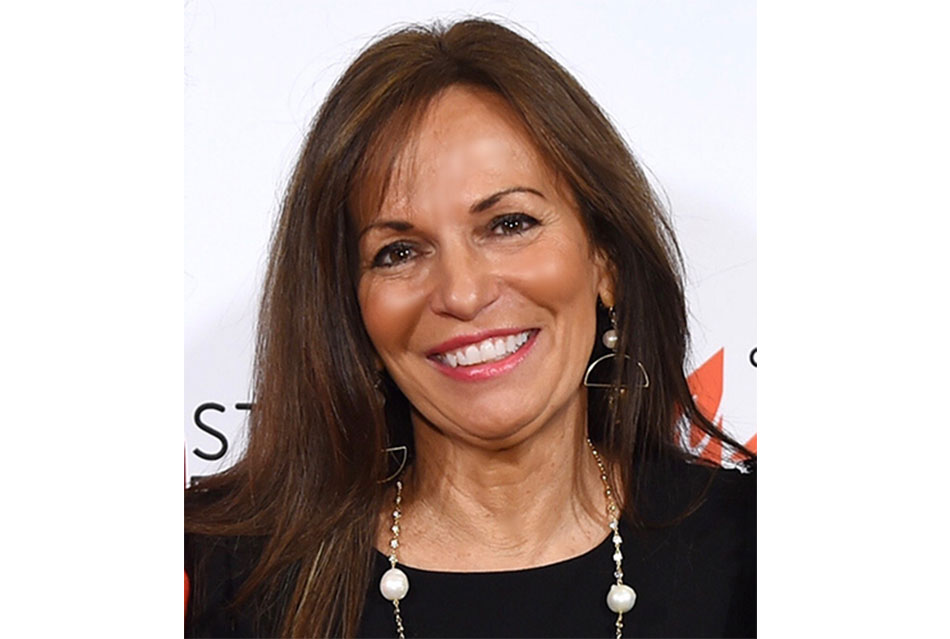How Diversity and Inclusion Will Drive Pandemic Recovery
Women’s History Month offers a reminder that committing to workplace equality pays off

If there’s one thing the global COVID-19 crisis has made plainly clear, it’s that the world is a better place when we are treated as equals. And while equality for all people is the law of the land, there is also compelling research which demonstrates that parity is the bedrock for becoming a better, stronger, more profitable company.
Women’s History Month and International Women's Day provide the perfect opportunity to remind corporate leaders of the benefits companies reap when they place a premium on workplace equality. As the oldest and largest organization dedicated to empowering and advancing women in the cable media industry, Women in Cable Telecommunications understands well that our industry is fueled by data. That is why WICT is passionate about highlighting the data that supports the business case for gender diversity, equity and inclusion (DEI), placing it front and center in our communications.
We’re in good company, because many experts believe that stronger DEI is vital to a faster economic recovery in the face of the ongoing pandemic. Organizations that treat DEI as a business imperative will enjoy demonstrable benefits.
A way to do that is to follow the Four Pluses of Parity — increased innovation, profitability, recruitment and employee retention.
Front-Line Workers
In our industry, many women are on the front lines of this pandemic helping to fortify and galvanize workforces. Women must have a seat at the table, in good times as well as bad, for companies to innovate at a faster rate than homogenous companies. According to human-resources consultancy Bersin by Deloitte, inclusive companies with women in all their ranks are more than one and a half times more likely to be innovation leaders in their market. And Boston Consulting Group found that companies with above-average diversity within their management teams have innovation revenue of 45% versus 26% for those with below-average leadership diversity.
To experience a significant jump in innovation revenue, leadership teams need to be at least 20% female. And that increase jumps even higher when the percentage of diverse leaders increases.
When it comes to profitability, as noted in the World Bank’s 2020 Women, Business and the Law report, “Equality of opportunity is good economics.” In fact, it is estimated that women’s lagging participation in employment and entrepreneurship costs the global economy about 15% of GDP. And on average, within the first 24 months of appointing female CFOs, companies see a 6% increase in profits and an 8% better stock return, per Bloomberg. Furthermore, research shows that company profits and share performance can be close to 50% higher when women are well represented at the top, according to McKinsey & Co.’s Diversity Matters report.
In this age of social awakening, with the Me Too and Black Lives Matter movements at the forefront, workforce parity has become a mandate.
— Maria E. Brennan, WICT
At a time when workforces have been reduced amidst dwindling returns, recruiting top talent is more crucial than ever before. Today’s job seekers have access to a remarkable amount of information at their fingertips when undergoing a job hunt or career pivot. Companies that demonstrate their commitment to DEI have a distinct recruiting advantage over companies that do not. In fact, a recent survey from Glassdoor found that 76% of job seekers said a diverse workforce was important when evaluating potential employers.
In this age of social awakening, with the Me Too and Black Lives Matter movements at the forefront, workforce parity has become a mandate. In order to fill that ever-important pipeline of women rising through the ranks in the industry, we must strive to be more inclusive than ever before.
Finally, organizations that develop diverse teams and inclusive workplaces tend to be better at retaining their people. Retention is an important issue for companies due to the significant cost of replacing and retraining employees.
Crisis Leaders
As we continue to navigate the pandemic, we hear many success stories of women leading skillfully during times of crises. These aren’t merely anecdotal accounts. New research from Harvard Business Review shows that having women leaders in a company’s ranks gives employees a greater sense of teamwork and higher workplace morale. The research found that the engagement level of those working for female leaders is significantly higher than average, showing that female leaders express more awareness of fears that subordinates might be feeling, show concern for well-being and demonstrate confidence in their path forward.
Our industry is in rare air and deserves a resounding shout-out for allowing WICT and our diversity partners at NAMIC to measure and benchmark workplace demographics and diversity, equity and inclusion practices. Not many industries are that forthcoming. Participation in the WICT/NAMIC PAR (Pay Equity, Advancement Opportunities and Resources for Work/Life Integration) and AIM (Advancement Investment Measurement) surveys demonstrates a commitment to transparency and a dedication to improvement. And because as we all know, what gets measured gets done, there is no better time than now to get it done.
Maria E. Brennan, CAE, is president and CEO of Women In Cable Telecommunications.
Multichannel Newsletter
The smarter way to stay on top of the multichannel video marketplace. Sign up below.
Maria E. Brennan, CAE, is president and CEO of The WICT Network, which boasts 10,000-plus members employed within multifaceted media, entertainment and technology companies. Members’ companies include information and communications products and services, broadband and cable networks, streaming services, television production operations, motion picture studios and more.
